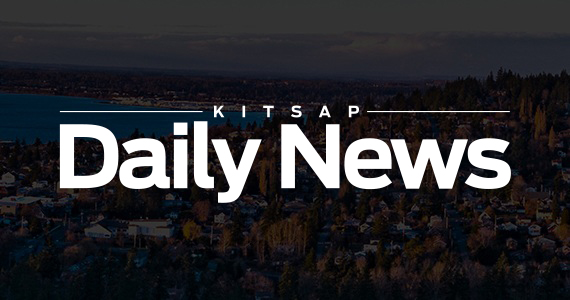As we mark the 40th anniversary of the Boldt decision in U.S. v. Washington, a bill in the state Legislature is trying to atone for some of the harm caused to Indian people during the Fish Wars of the ’60s and ’70s.
Folks up in Seattle are developing a “food forest” on Beacon Hill. Right there, near the heart of the city, a place where anyone can come along and pick fruit, vegetables, herbs, berries and more.
Medical experts say eating a Mediterranean diet that’s high in fruits, vegetables, nuts, olive oil and fish is one of the best things we can do to reduce our risk of heart attack and stroke.
Treaty Indian tribes in western Washington are calling on Gov. Jay Inslee to reset the process of updating the state’s unrealistic fish consumption rate.
I love this time of year. The chinook, coho and chum are coming back and we’re filling our smokehouses and freezers for the coming winter.
For many years we have said that enforcing existing state and federal pollution laws is one of the most effective actions we can take to recover salmon in western Washington and protect Tribal treaty rights.
Salmon hatcheries are under attack by people with very short memories. They have forgotten why many hatcheries were built in the first place.
We need to stop the pollution from getting into our waters in the first place. Prevention is a lot cheaper and more effective in the long run than trying to clean up waters once they are polluted.
We are losing the battle for salmon recovery in western Washington because salmon habitat is being destroyed faster than it can be restored.
Salmon are on the same downward trend as the amount and quality of their habitat, and until we turn that around, there’s little hope for their recovery. The tribes believe the U.S. Army Corps of Engineers’ streamlined nationwide permit system for bulkhead construction and other shoreline changes is making it too easy to damage and destroy important nearshore salmon habitat in western Washington. We think a change is needed.
I’ve been talking a lot lately about the connection between salmon, habitat and treaty rights. That connection is pretty simple. No habitat equals no salmon. No salmon equals no treaty rights. And no treaty rights equals a breach of contract between the tribes and U.S. government.
Step by step we are working to restore the health of Puget Sound, the rivers and our Pacific coast. We’re working through the Puget Sound Partnership clean-up effort and also implementing the Tribal/State Ocean Ecosystem Initiative – an ecosystem-based approach to management of our Pacific coastal waters – to make this part of the world a healthier place for all of us to call home. But we’ve really just begun the work needed to repair centuries of environmental abuses. That’s why it’s important to acknowledge where progress is being made, so others can learn from the example and be encouraged. Port Gamble Bay is a good example of what happens when voices are raised together from the nooks and crannies of western Washington.
Producing and protecting salmon go hand in hand for the treaty Indian tribes in western Washington, and we are doing a lot more of both lately. At a time when state and federal funding for salmon is scarce, tribes are increasing production of salmon for harvest and expanding the use of hatcheries in recovery programs for weak wild stocks.
The end of summer is a good time to look back at what we’ve accomplished recently in restoring and protecting salmon and their habitat here in western Washington.


